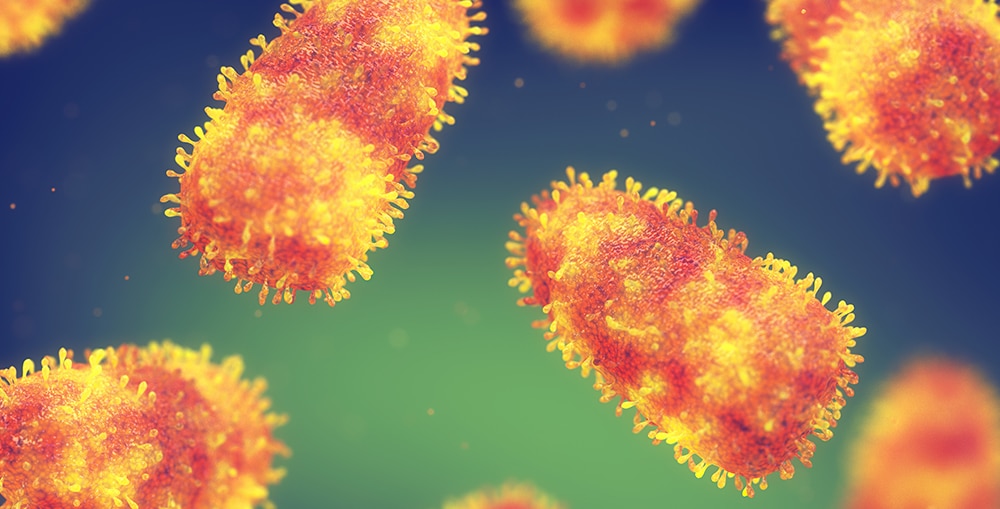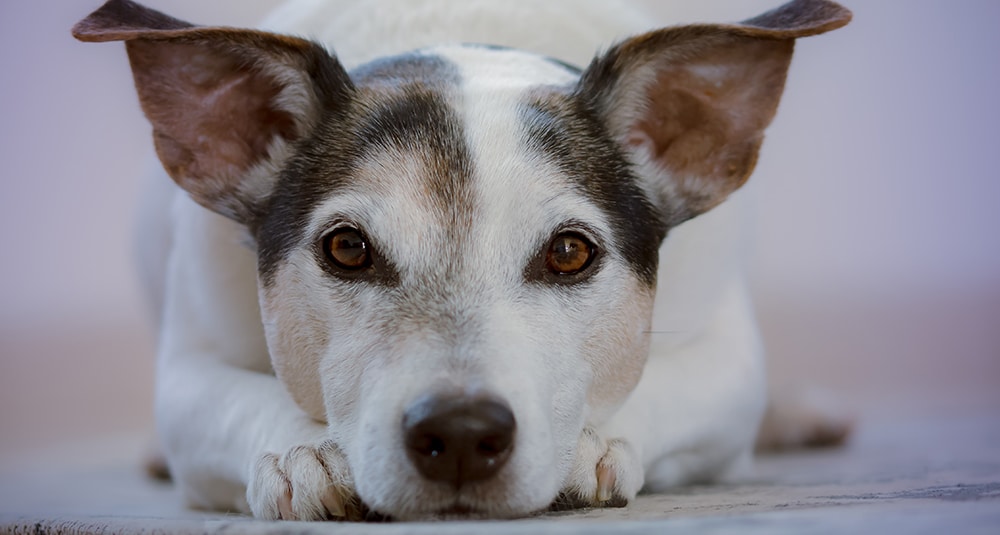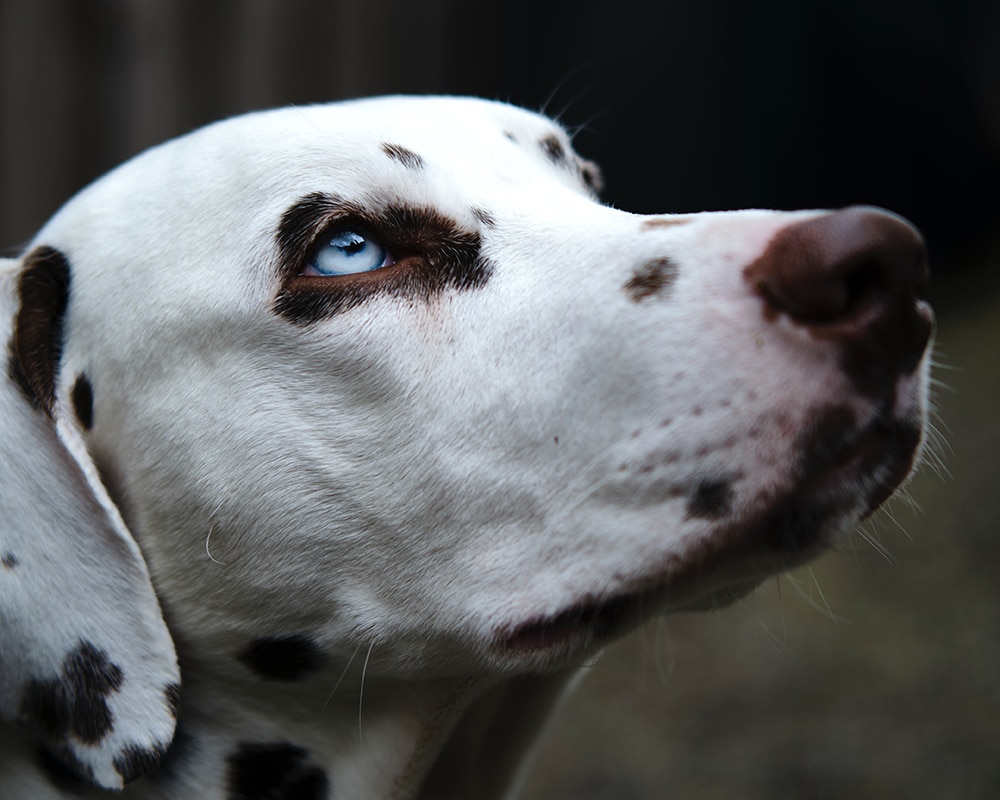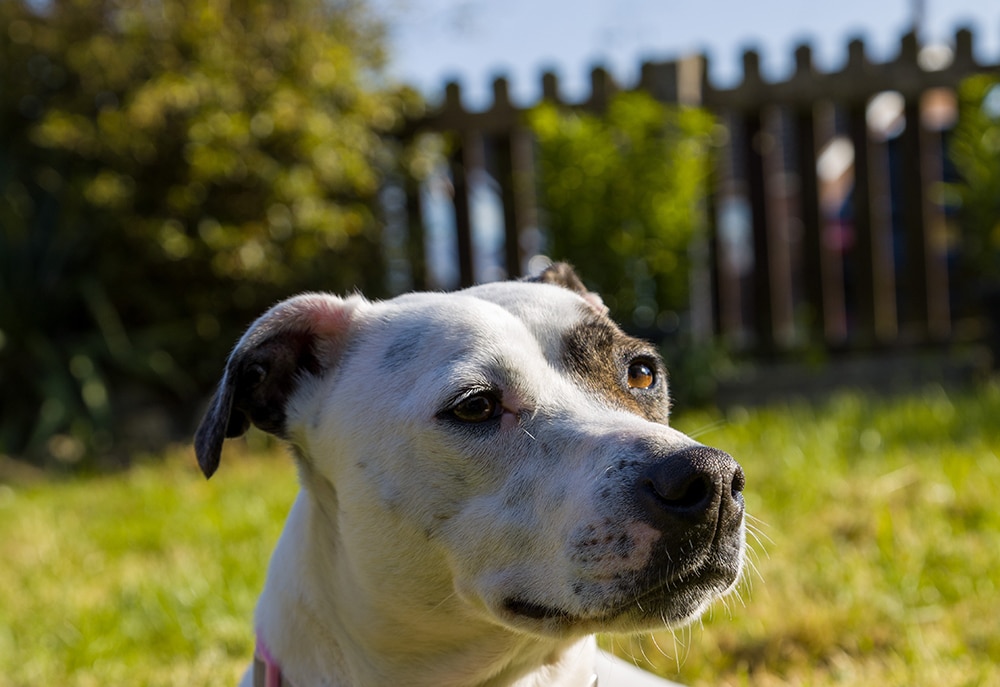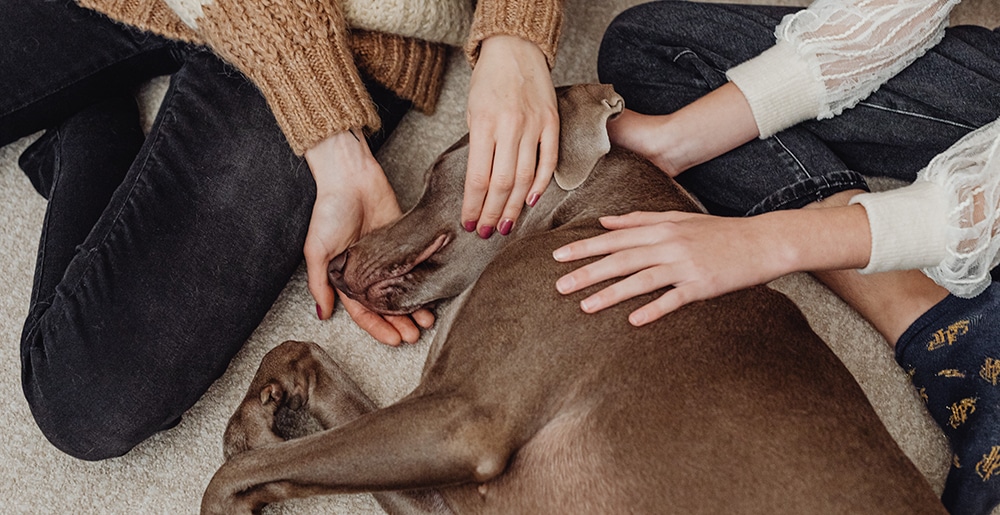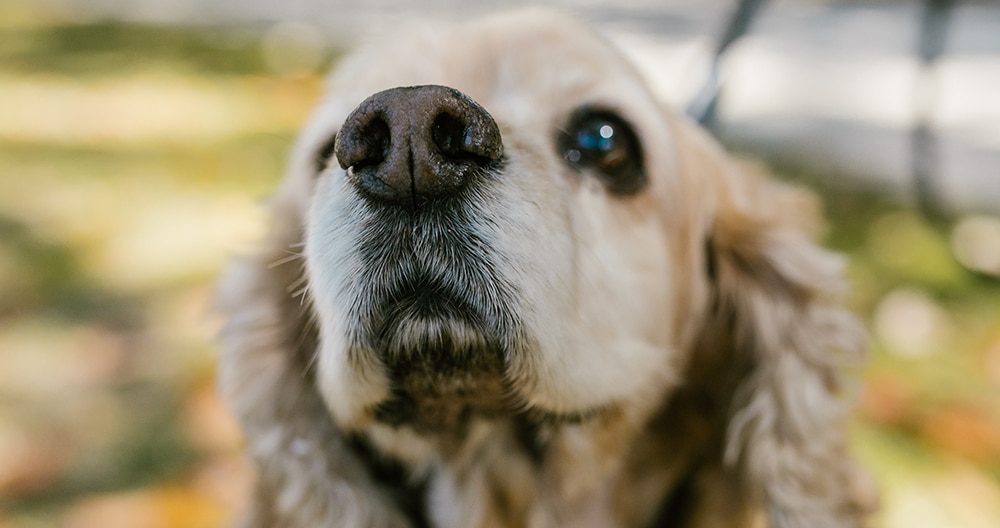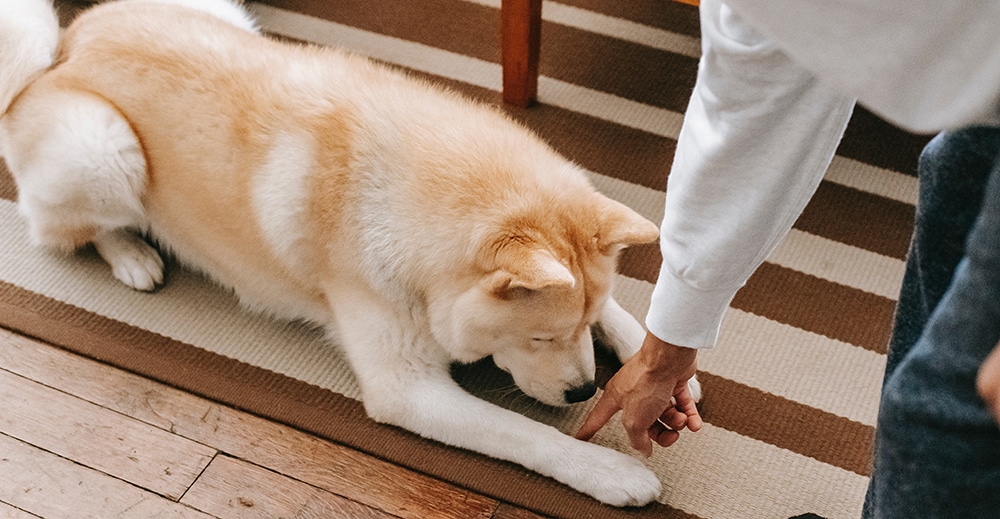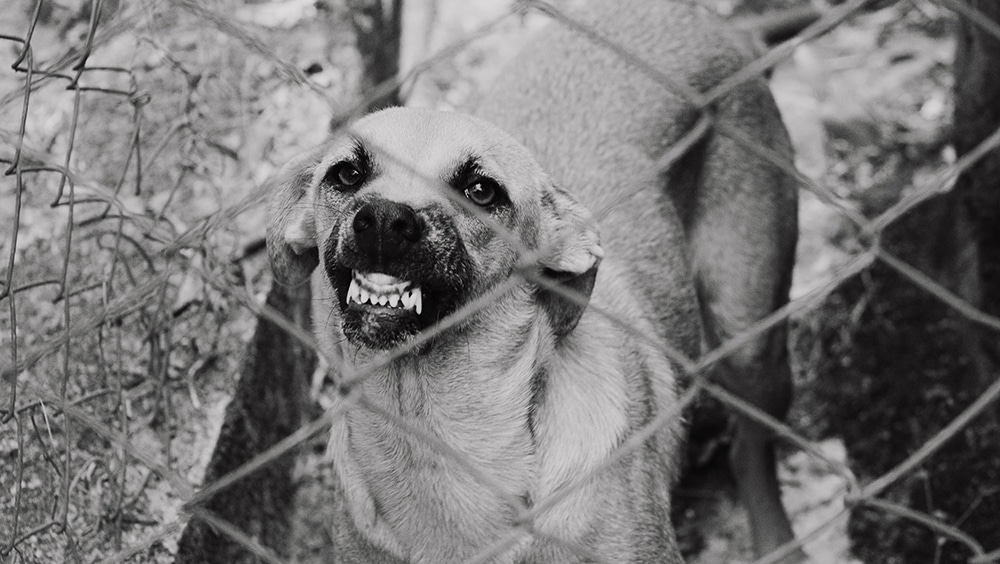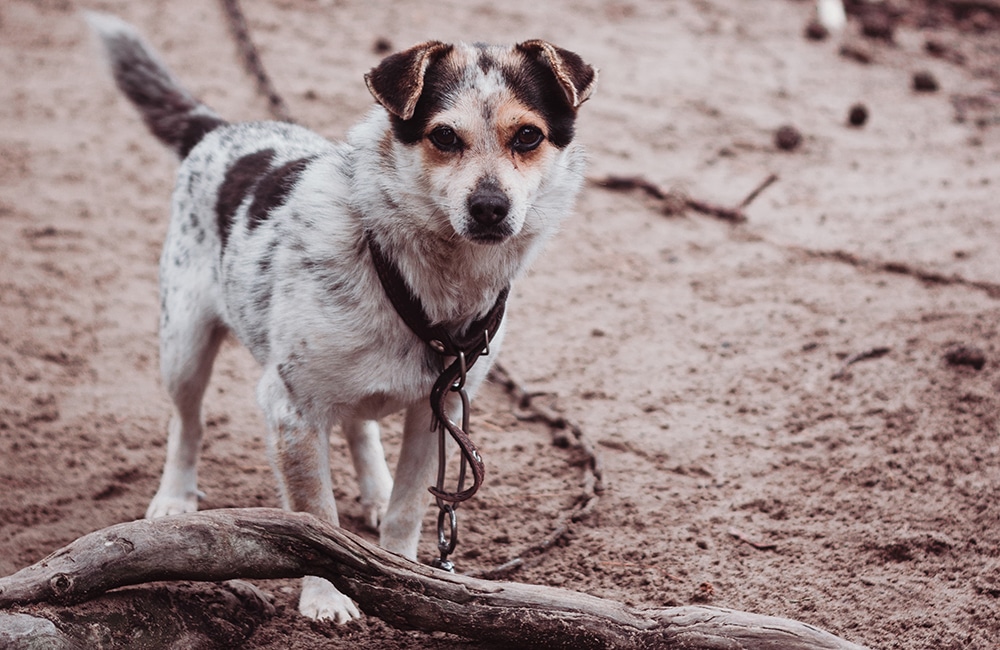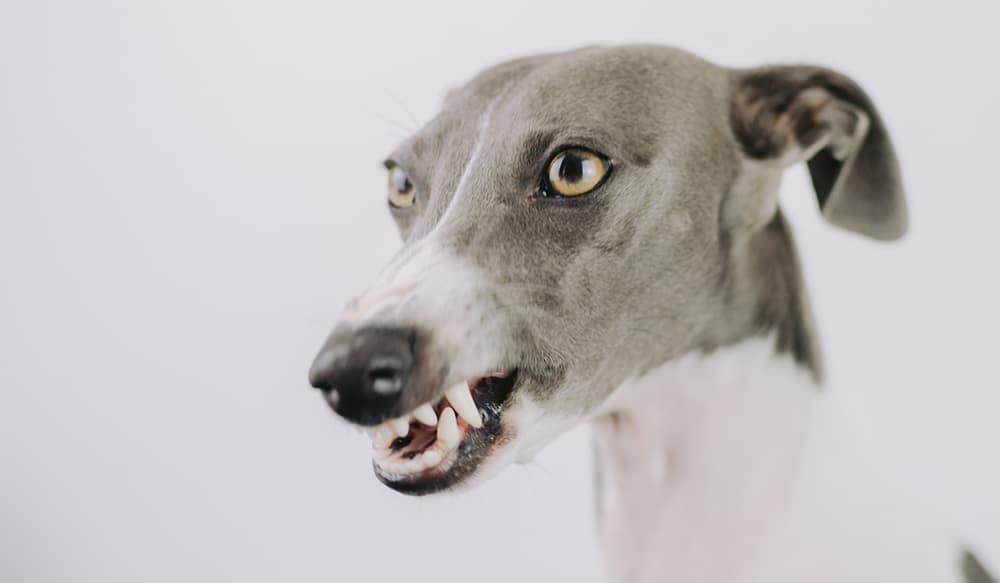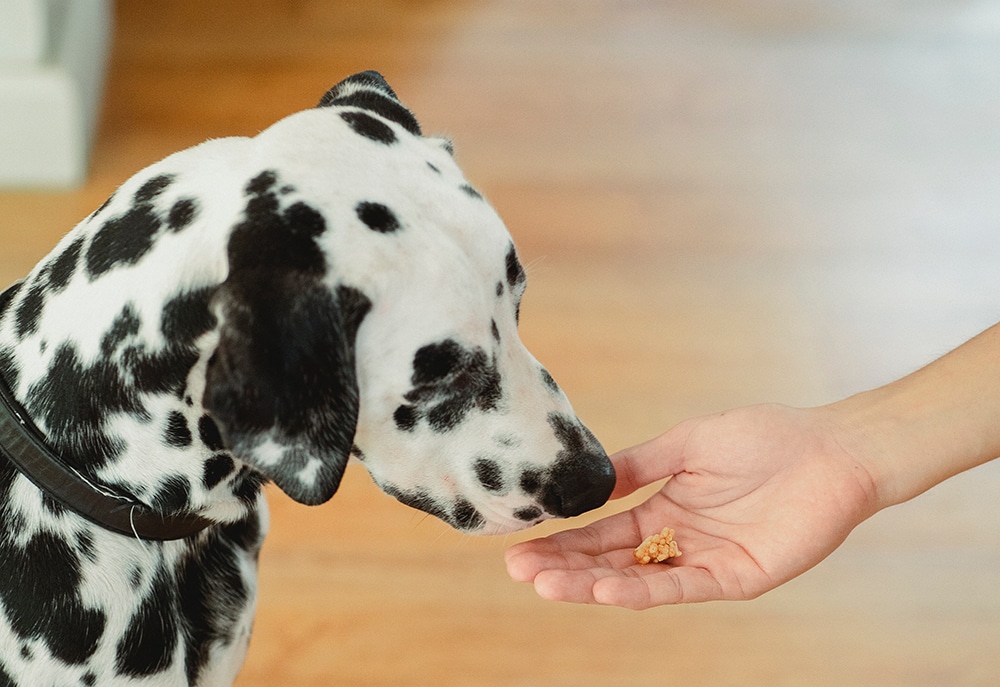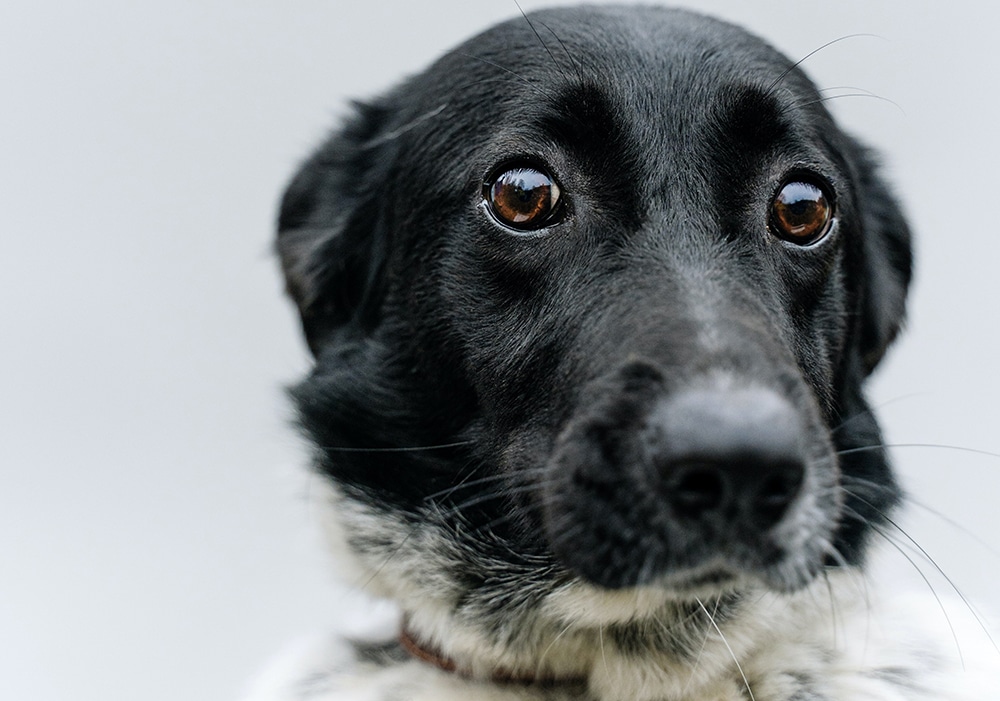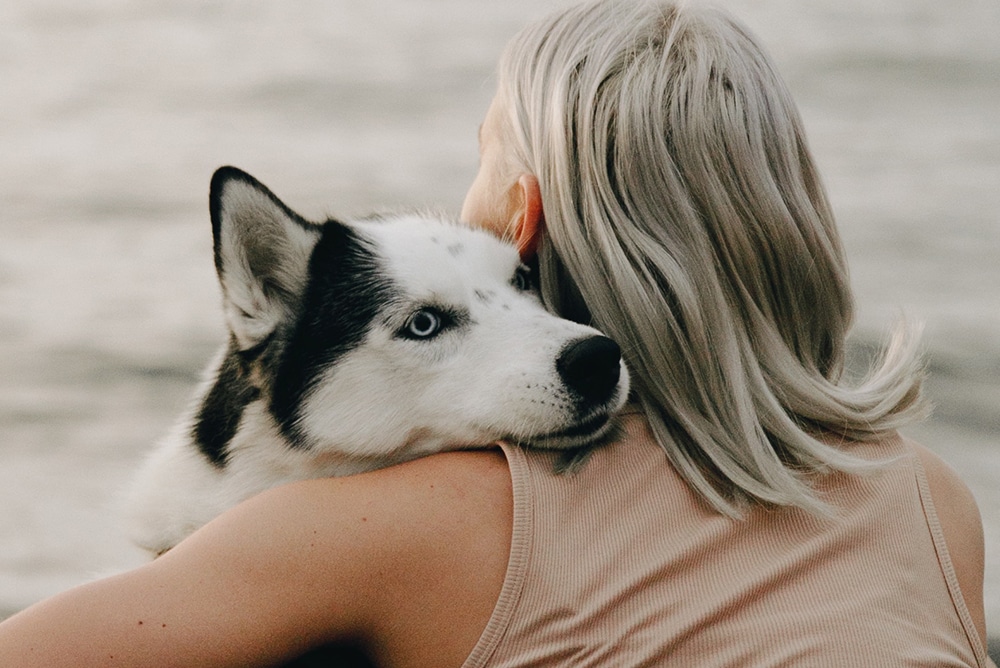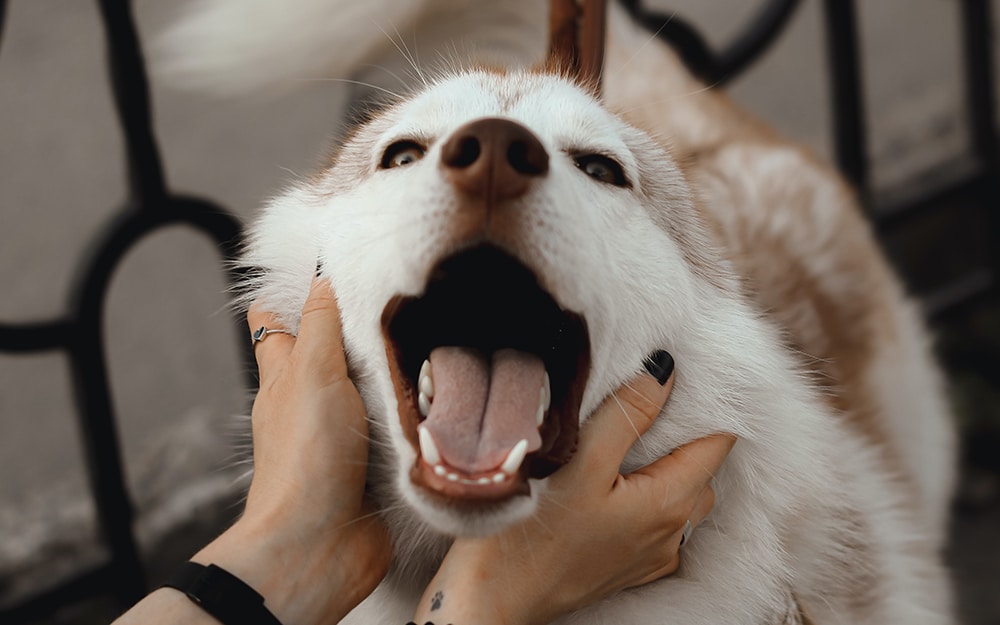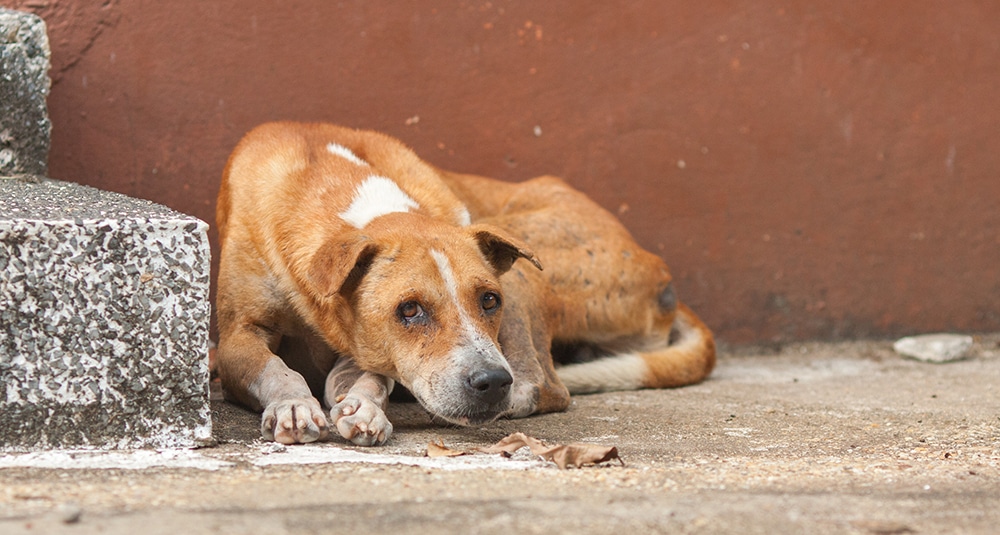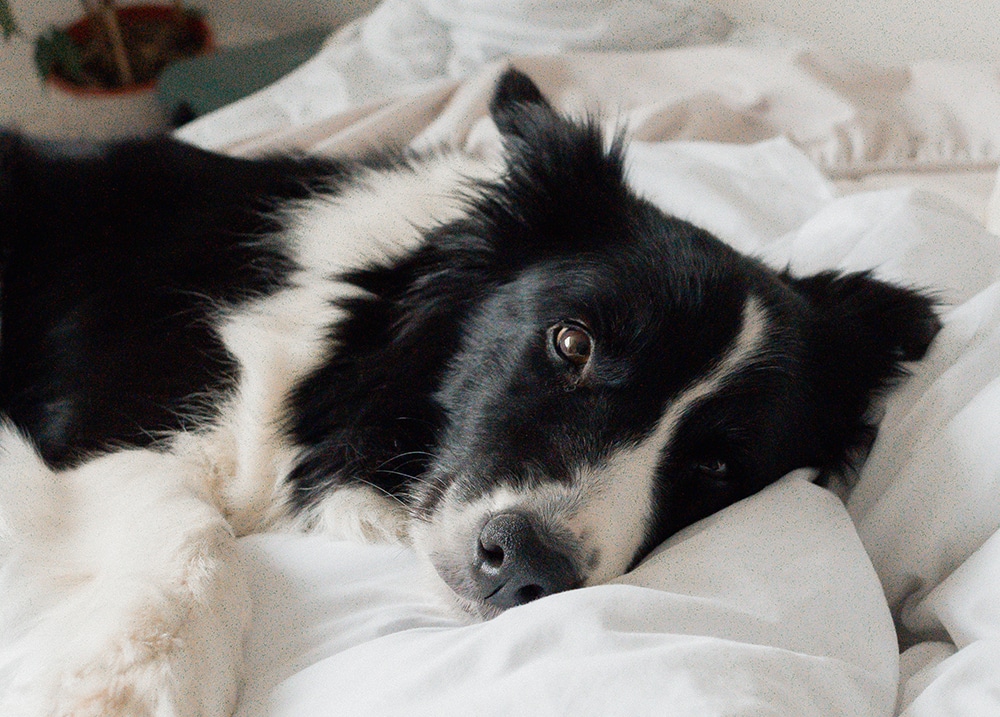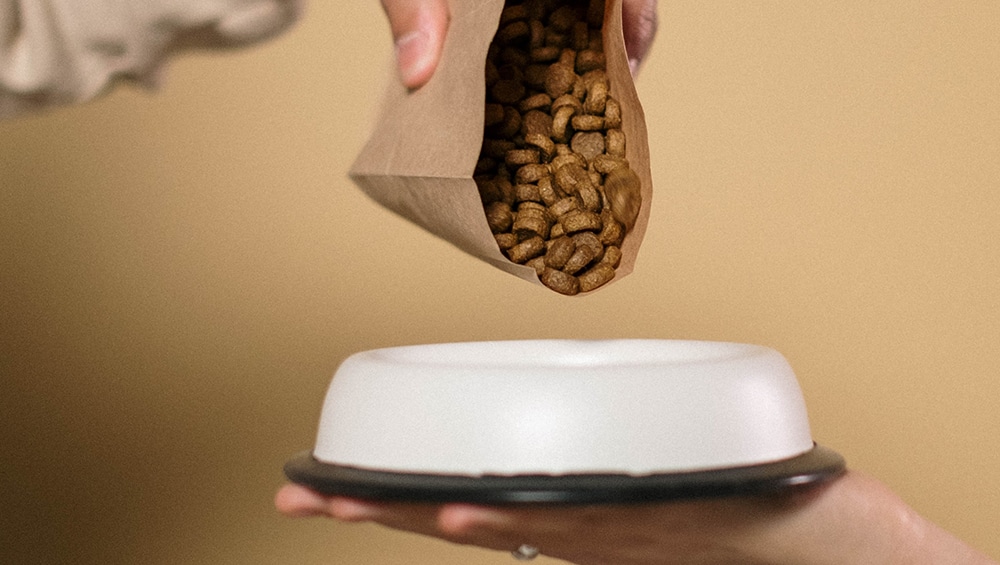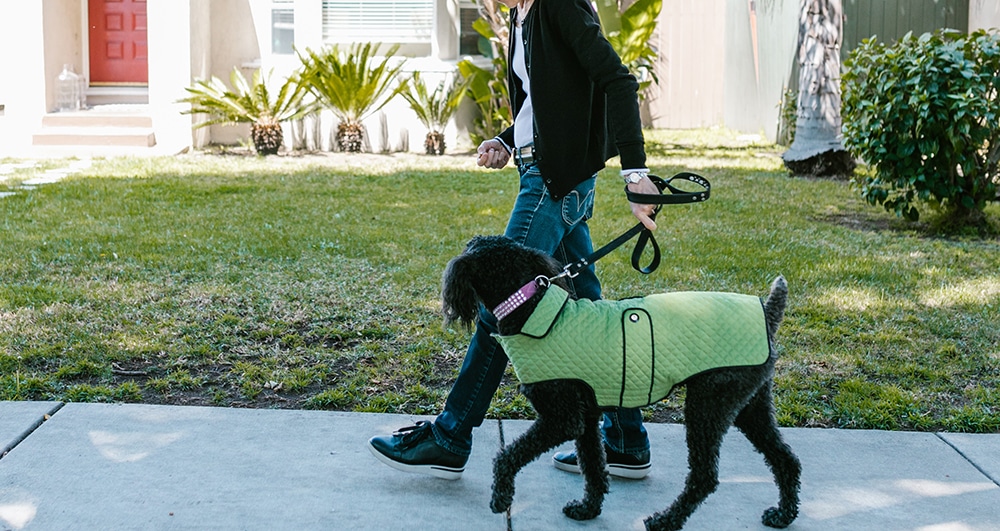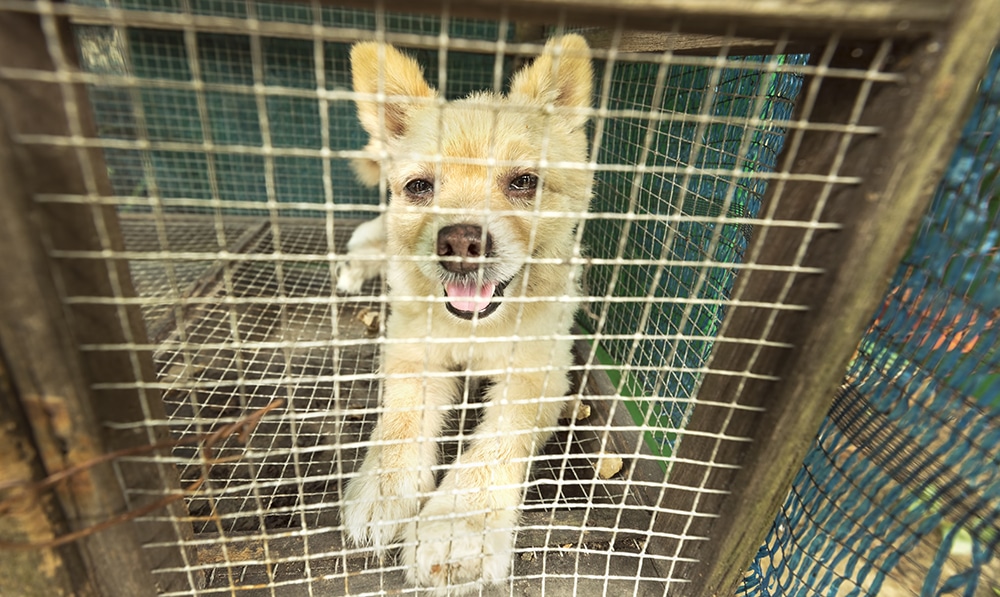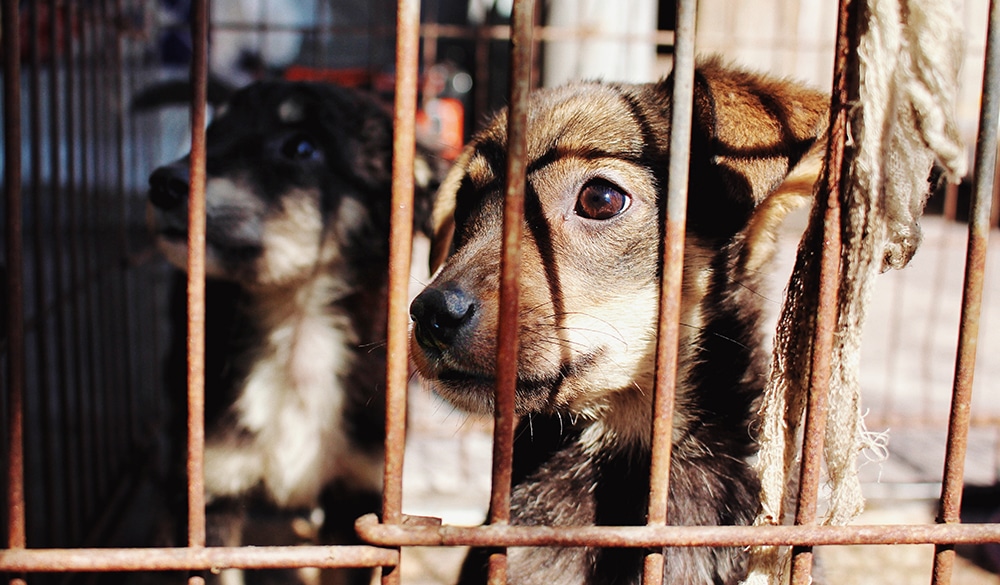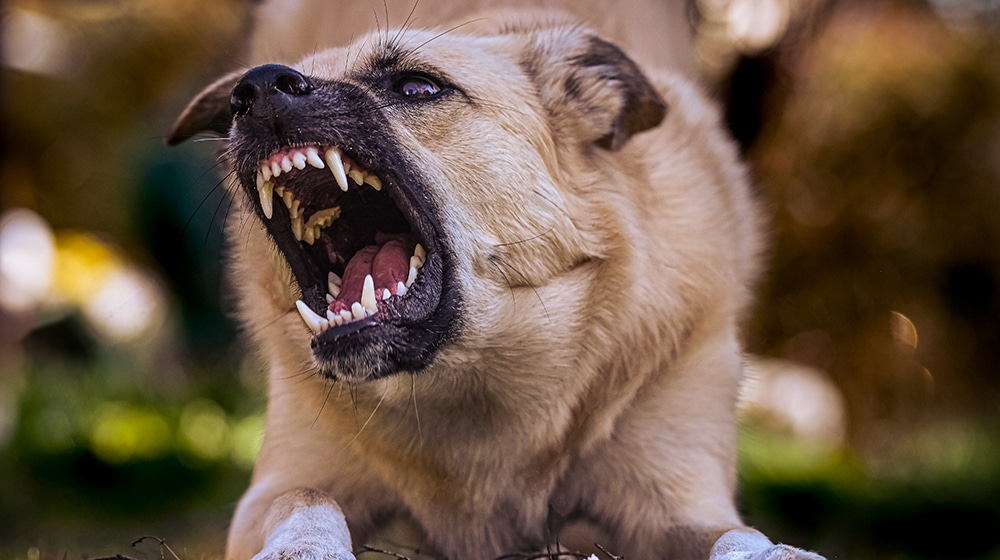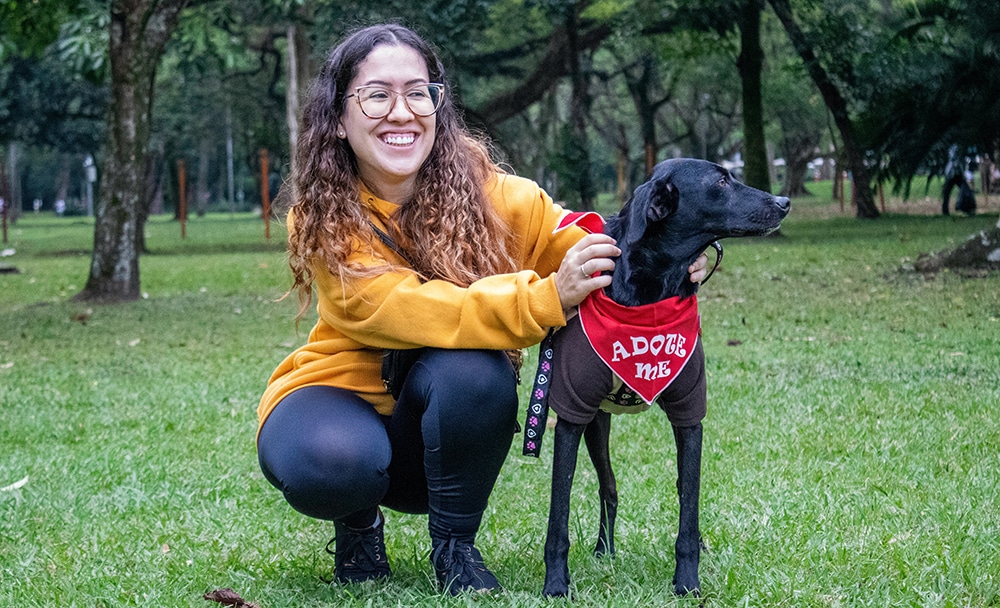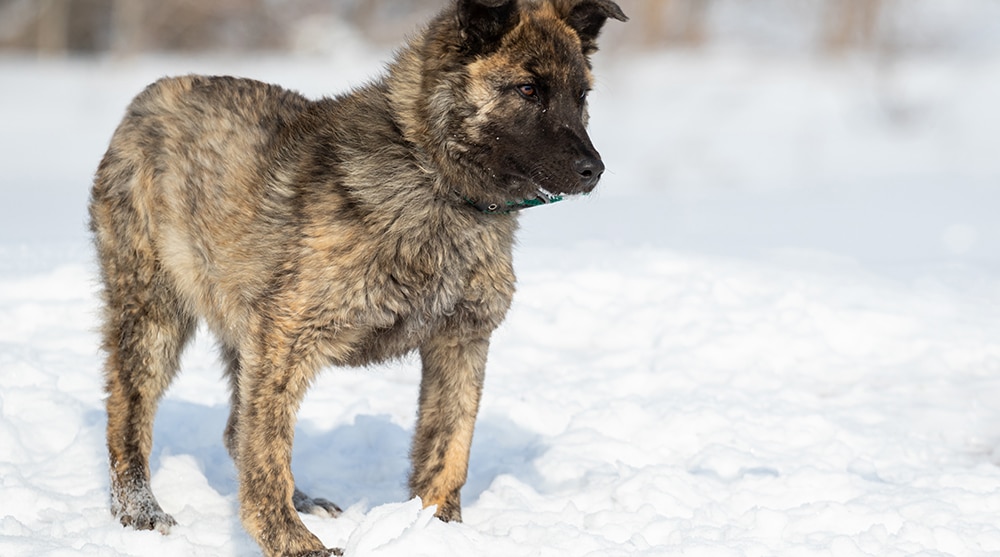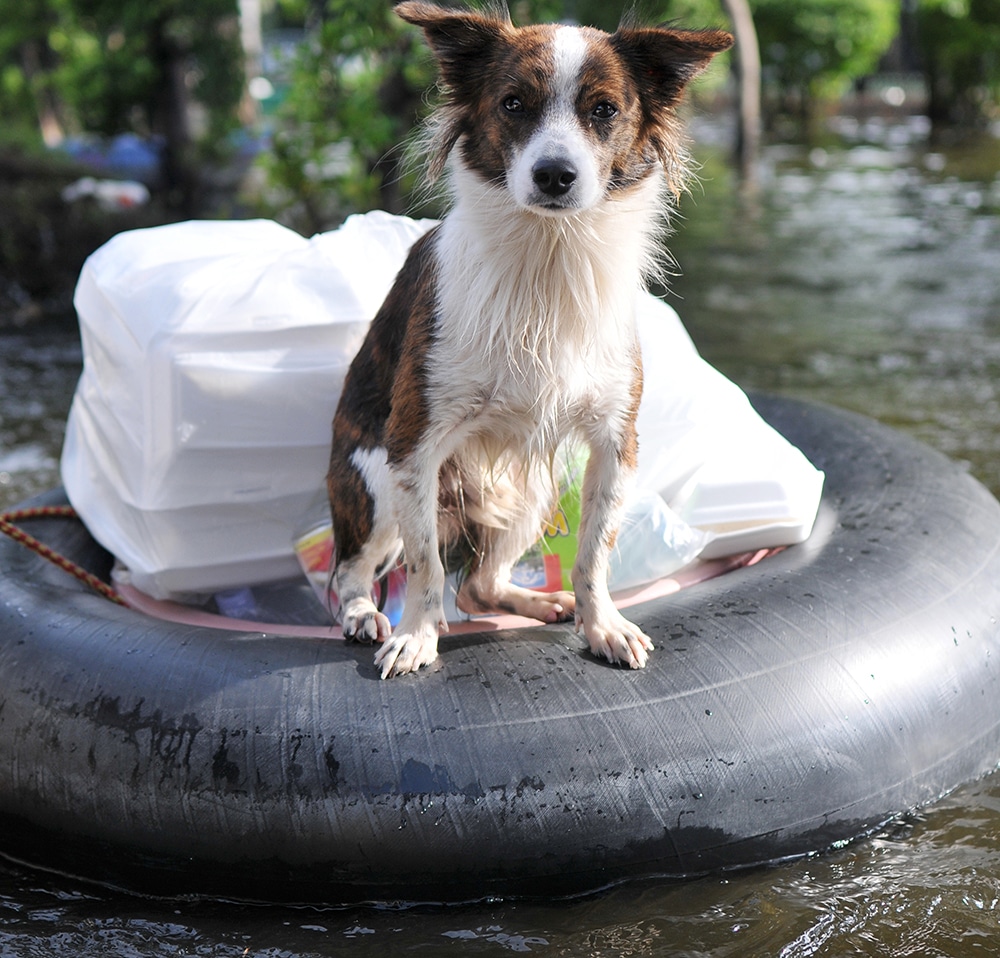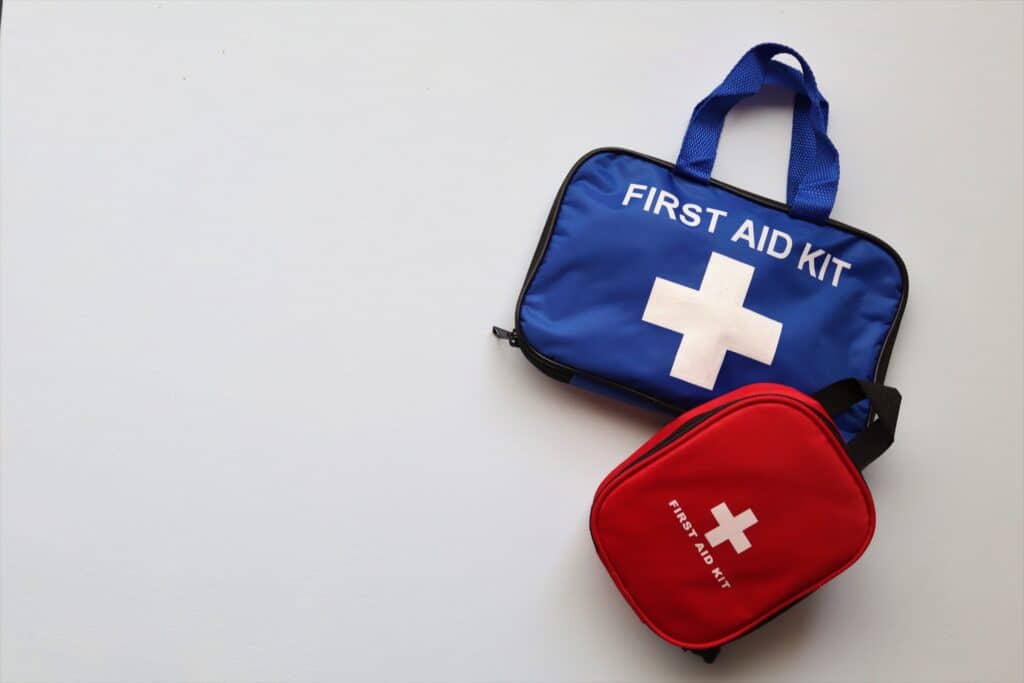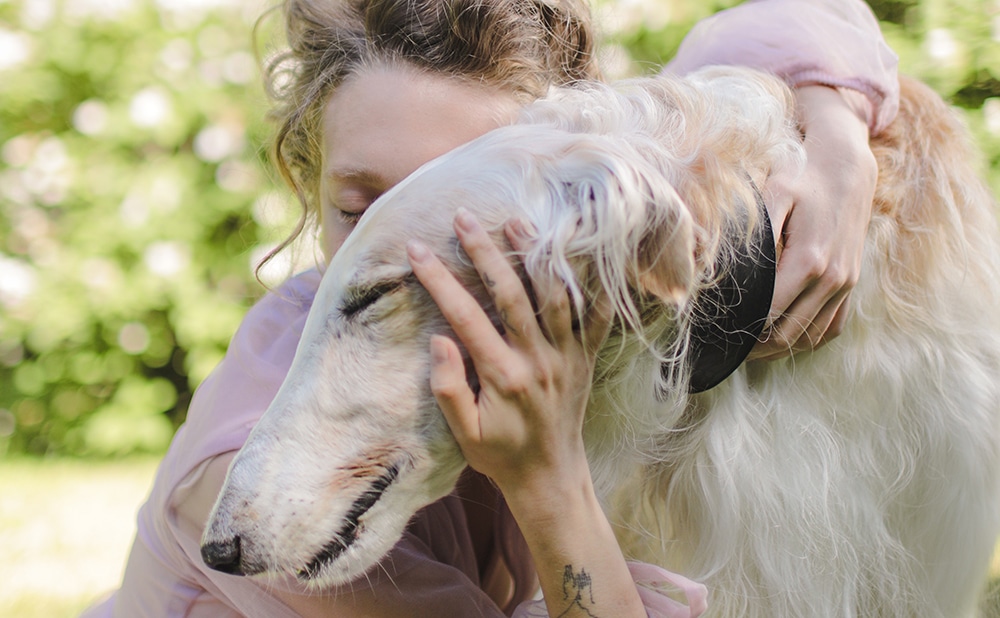Rabies is a deadly disease for pets, and it is guaranteed to kill dogs and cats who contract it. The disease is also deadly when spread from animals to humans, with an estimated 59,000 human deaths globally each year. With no cure for pets with the rabies virus, it’s extremely important to learn how to prevent animals from contracting rabies.
This blog covers how animals contract rabies, how the virus spreads through the body, and the symptoms of a rabies infection in pets. Most importantly, we’ll go over how to prevent your pet from contracting the deadly disease through rabies vaccinations for both dogs and cats.
What is the Rabies Virus?
Rabies is a preventable but deadly virus. This viral zoonotic disease attacks the central nervous system of mammals, causing inflammation of the spinal cord and brain. There are two forms of the rabies virus. The first is furious rabies which is characterized by hallucinations and hyperactivity. The second form is paralytic rabies which is characterized by paralysis and coma.
The transmission of this disease happens by direct contact. Open wounds get exposed to the saliva of the rabies-infected mammal. The majority of cases are caused by a bite from a rabid animal, though some have reported the virus spread from being scratched. Wild animals that are common for contracting and transmitting rabies are bats, raccoons, skunks, coyotes and foxes.

Symptoms of the Rabies Virus in Pets
Signs of Rabies in Dogs
When a dog has been exposed to the rabies virus, the disease goes through an incubation period. During this time the infection makes its way through the body’s nerves to the brain and spinal cord. This journey can take anywhere between two weeks to four months. How long the incubation period lasts before clinical signs appear depends on three things. The first is the location of the bite or scratch on the body of the mammal. If the site of the infection is close to the brain and spinal cord, then the virus reaches the nervous tissue very quickly. The second is the severity of the bite. The third factor is the amount of infected saliva transferred into the non rabid animal.
The first symptom of the rabies virus to appear is a change in temperament. An infected dog becomes more shy, aggressive, energetic or tired. These changes continue for two to three days. More severe symptoms begin to emerge after the prodromal phase or first phase when rabies reaches the dog’s brain and multiplies rapidly. This is when the rabies virus enters the salivary glands. The signs that the virus has fully settled in are disorientation, seizures, difficulty breathing, excessive salivation, difficulty swallowing, self-mutilation, major aggression, voracious appetite, loss of full control of bodily movements, paralysis and weakness.
A dog can only live seven days to two weeks after first showing symptoms of rabies. The disease eventually causes severe paralysis, violent seizures and coma. Death quickly follows afterwards. There is no treatment for a dog with rabies and the virus is 100% fatal once any signs appear.
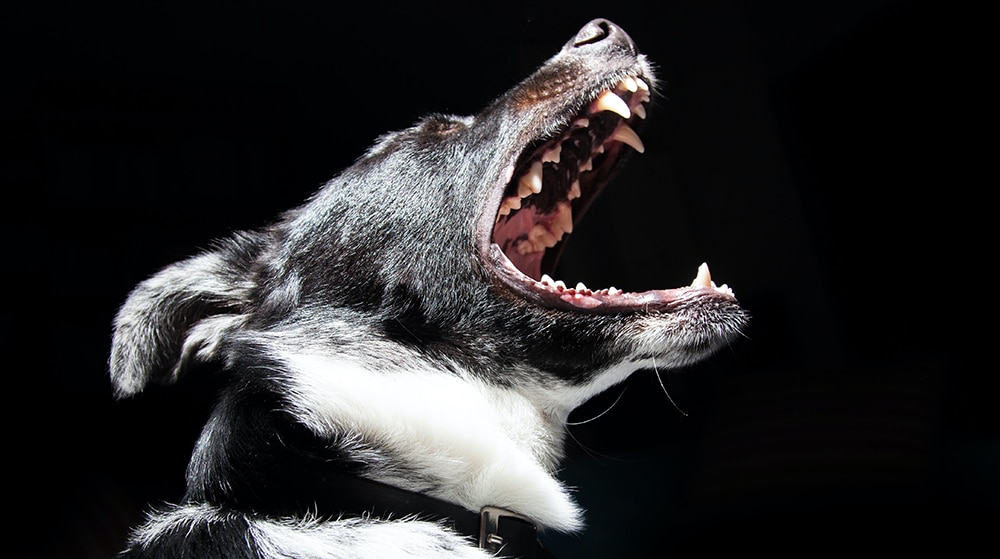
Signs of Rabies in Cats
Cats can contract the rabies virus the same way dogs do by being bitten by an infected animal. A feline’s incubation period is shorter than a canine’s incubation period. The disease usually takes three to eight weeks to travel from the site of the infection to the brain and spinal cord.
The prodromal stage lasts from 12 to 48 hours. The cat changes their normal personality to the exact opposite. A quiet cat becomes crabby and violent while a social cat becomes introverted and has high anxiety. The symptoms to appear after rabies has settled into the feline’s brain and spinal cord are weakness, paralysis of the legs, difficulty breathing, hypersalivation due to difficulty swallowing, seizures, extreme depression and extreme aggression. The last stage for a cat with the rabies virus is the paralytic stage. After around seven days of symptoms the animal goes into comatose and dies.
The majority of cats do not last more than 10 days after the first symptoms emerge. There is no treatment for a cat with rabies. This disease is 100% fatal.

Prevention of the Rabies Virus
Rabies Vaccine for Dogs and Cats
Since 1885, the introduction of the rabies vaccination for cats and dogs has helped to significantly decrease the amount of cases that appear in the United States. The CDC reports that only around 250 cats and 60-70 dogs are infected with rabies each year. The vaccination now has become mandatory for every pet.
The rabies vaccine is the only way to prevent your pet from being at high risk for contracting the disease. Veterinarians encourage pet owners to bring their puppies in at 16 weeks old to get their first rabies shot. This is followed by a booster shot a year later, and then the dog receives the rabies shot every three years after that. Kittens should be brought to the vet for their first rabies shot at 12-16 weeks old. A cat then receives their rabies vaccine every three years.
Read this blog to learn more about the core vaccines necessary for puppies and kittens.
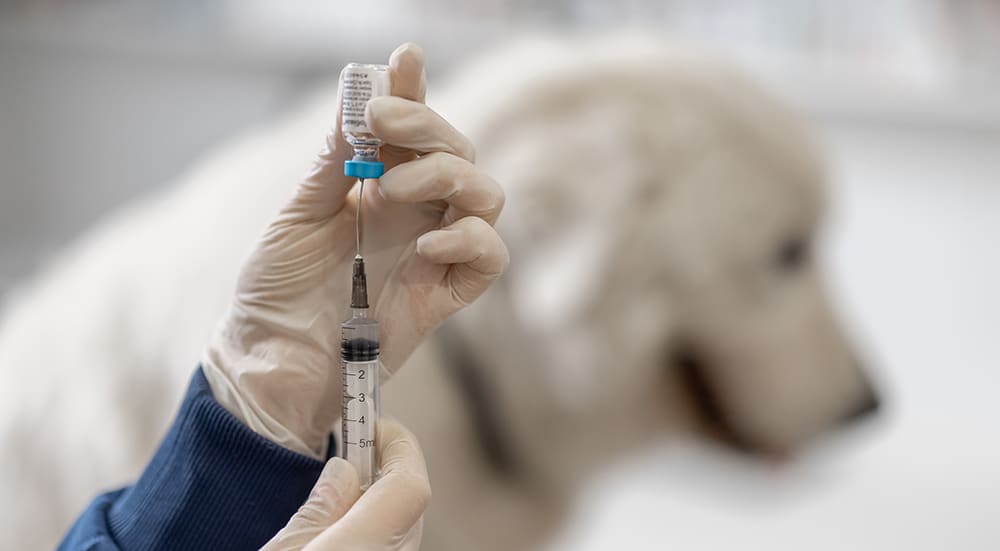
Side Effects of Rabies Shot for Dogs and Cats
All vaccines have side effects. For dogs, the rabies shot can cause vomiting, diarrhea, loss of appetite, swelling, soreness or hives. The side effects happen within an hour of the animal getting their vaccination, and the symptoms typically go away after one to two days. Negative reactions to a rabies shot are very rare for cats. If the symptoms continue or get more severe, speak to your vet immediately and bring your pet to an emergency animal clinic.
The Deadly Disease of Rabies
The rabies virus cannot be diagnosed on a living animal. A cat or dog can only be confirmed to have the virus by direct examination of the brain. This is why it is very important to know the symptoms of an animal infected with rabies.
Keep your cat or dog safe from being susceptible to this virus by staying up to date on their rabies vaccination. Without a rabies shot and its boosters, a pet has no defense against this deadly disease.


